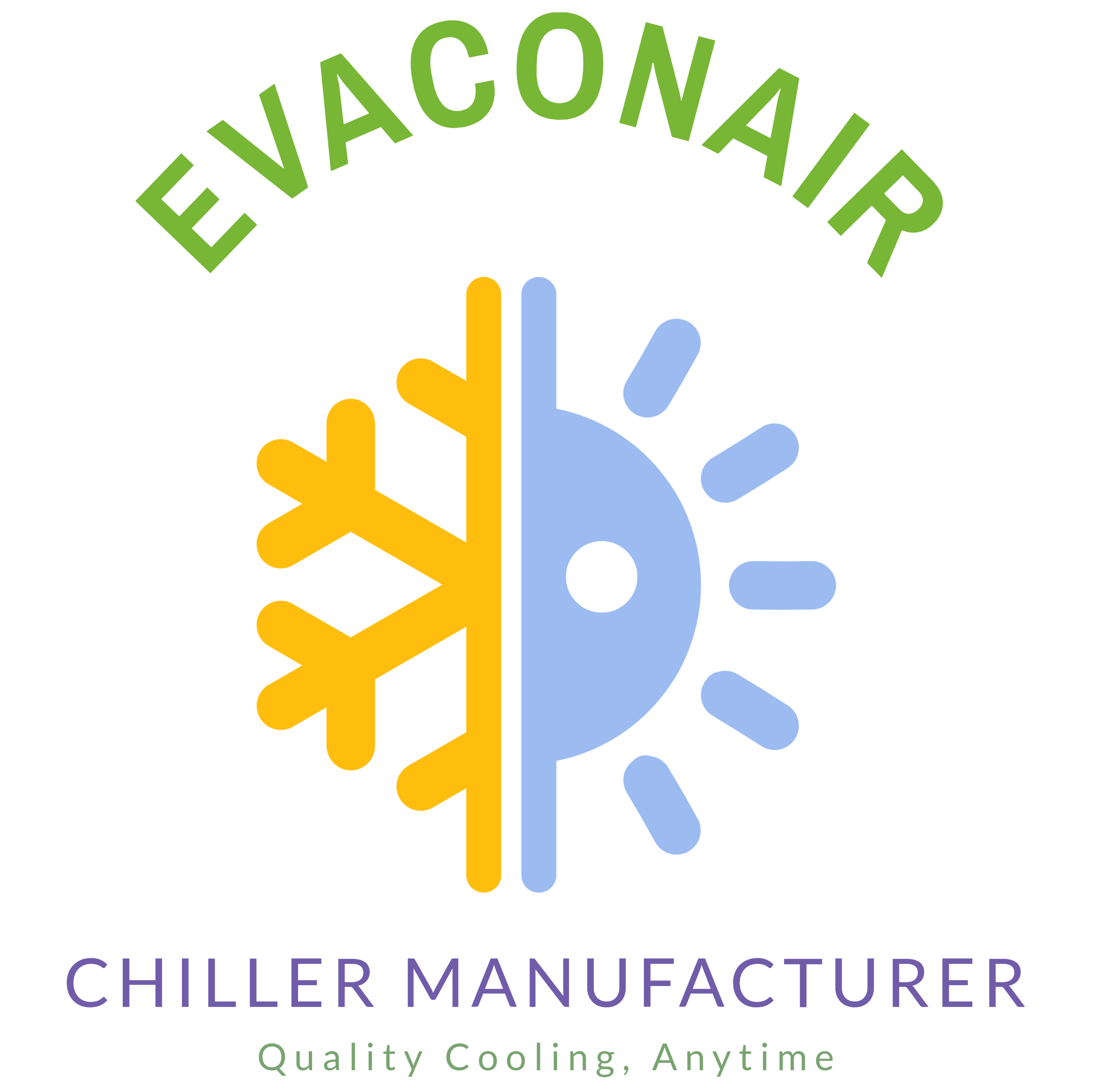Blog
When choosing between a Variable Refrigerant Flow (VRF) system and a chiller, several factors need to be considered, including efficiency, application, and cost. Both systems have their advantages and are suited for different types of applications.
Comparing VRF and Chiller Systems
1. Efficiency
- VRF Systems: VRF systems are known for their high efficiency, especially in applications with varying cooling and heating loads. They offer precise temperature control and energy savings due to their ability to modulate refrigerant flow. Learn more about VRF efficiency.
- Chillers: Chillers are also efficient but are typically used in larger commercial and industrial applications where cooling demands are high and constant. Explore more about chiller efficiency.
2. Application Suitability
- VRF Systems: Ideal for buildings with multiple zones requiring individual temperature control, such as offices and residential buildings. They provide flexibility and scalability. Discover more about VRF applications.
- Chillers: Best suited for large-scale commercial and industrial applications where a substantial amount of cooling is needed, such as manufacturing facilities and large buildings. Learn more about chiller applications.
3. Installation and Space Requirements
- VRF Systems: Generally have a less intrusive installation process and require less space for components compared to chillers. They are suitable for buildings with limited space. Explore more about VRF installation.
- Chillers: Require more space for installation and have larger footprint components, including cooling towers or condensers. Discover more about chiller installation.
4. Cost Considerations
- VRF Systems: Initial costs can be higher due to the advanced technology, but operational costs may be lower due to energy efficiency. Learn more about VRF cost considerations.
- Chillers: Initial installation costs are generally lower for chillers compared to VRF systems, but operational and maintenance costs can be higher, especially for older systems. Explore more about chiller cost considerations.
Choosing the Right System
1. Assess Your Needs
- Cooling Requirements: Determine the cooling load and flexibility required for your building. VRF systems offer flexible solutions for varying loads, while chillers are suited for constant and high cooling demands. Learn more about cooling requirements.
- Space and Installation: Consider the available space and installation constraints. VRF systems are generally more space-efficient, whereas chillers require more space. Discover more about installation considerations.
2. Evaluate Costs
- Budget: Compare the initial investment and long-term operational costs for both systems. VRF systems may offer better long-term savings, while chillers might have lower upfront costs. Explore more about cost evaluations.
- Maintenance: Consider ongoing maintenance and potential repair costs for both systems. Regular maintenance is crucial for both VRF and chiller systems to ensure optimal performance. Learn more about maintenance costs.
Professional Advice
For personalized advice on choosing between a VRF system and a chiller, or for installation and maintenance services, contact EVACONAIR. Our experts can help you select the best system for your needs and ensure efficient operation.
Related posts
October 1, 2024
What is the Capacity of a 2 Ton Chiller?
A 2-ton chiller refers to a chiller system with the ability to remove 24,000 BTU/hr of heat. The term [...]
Read moreOctober 1, 2024
What is the Unit of Chiller Capacity?
The unit of chiller capacity is typically measured in tons of refrigeration (TR) or kilowatts (kW). [...]
Read moreOctober 1, 2024
What is Chiller Range?
The chiller range refers to the temperature range and cooling capacity that a chiller can handle. The [...]
Read moreOctober 1, 2024
How to Calculate Chiller Size?
Calculating the correct chiller size is crucial to ensuring efficient cooling for your specific [...]
Read more